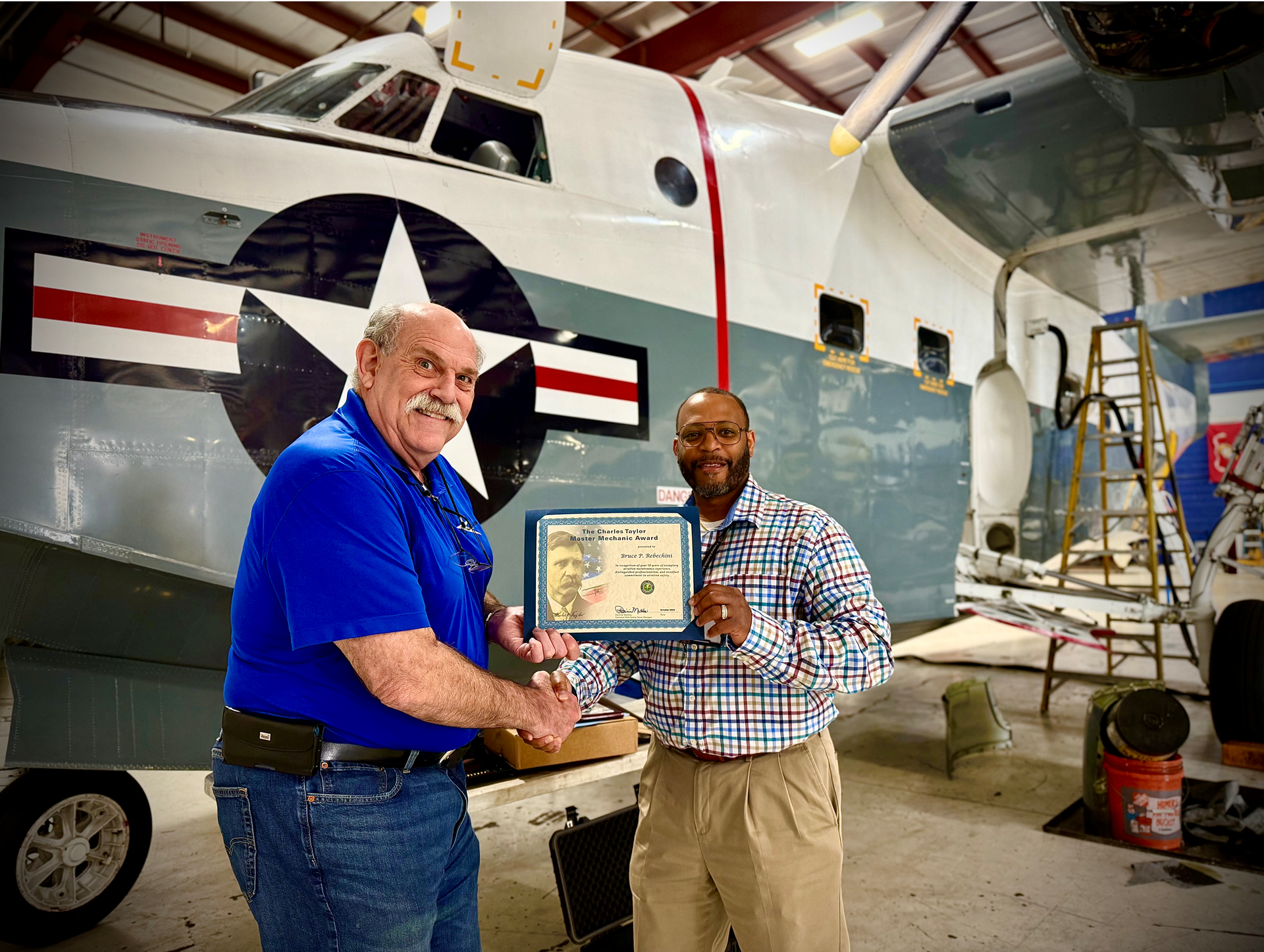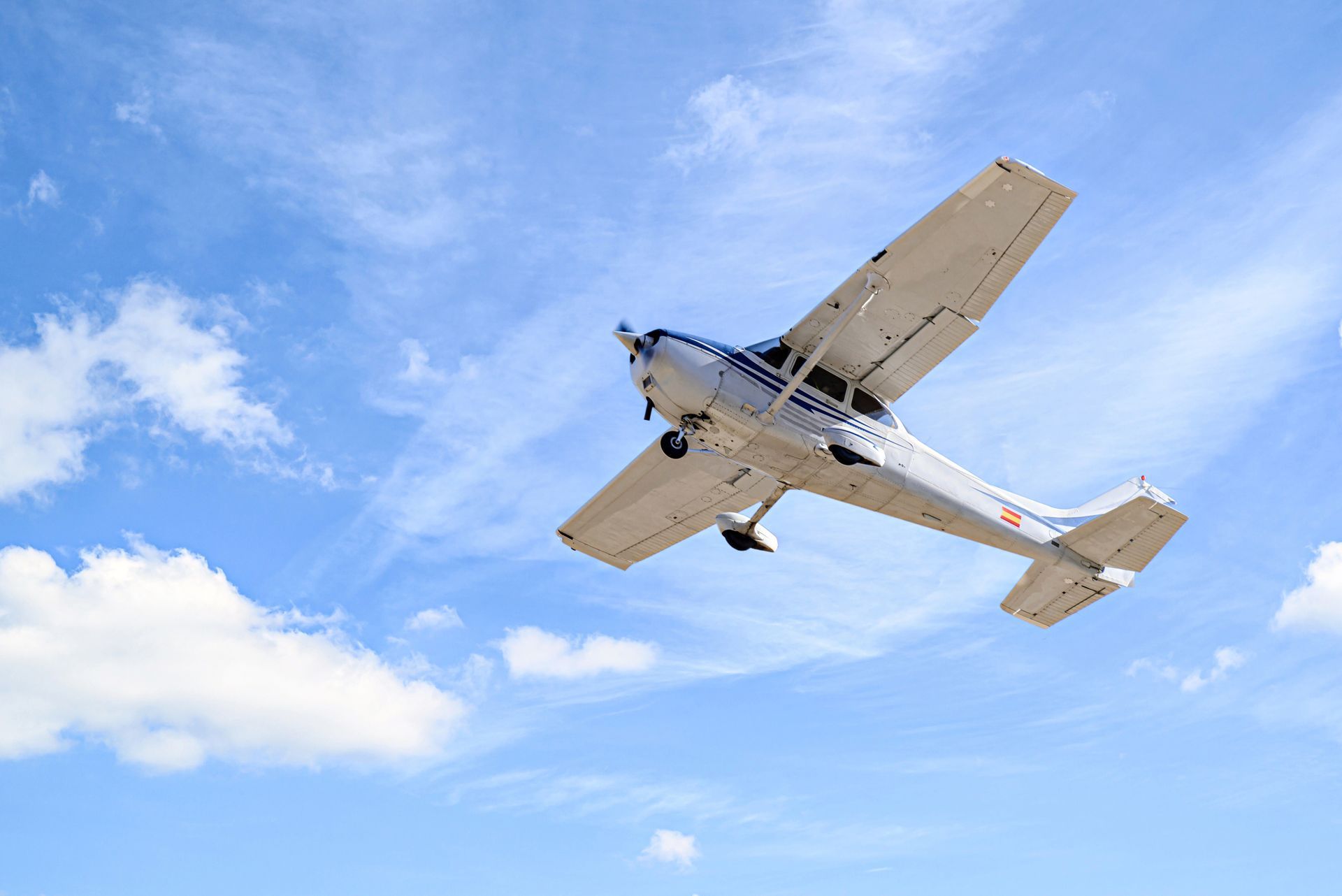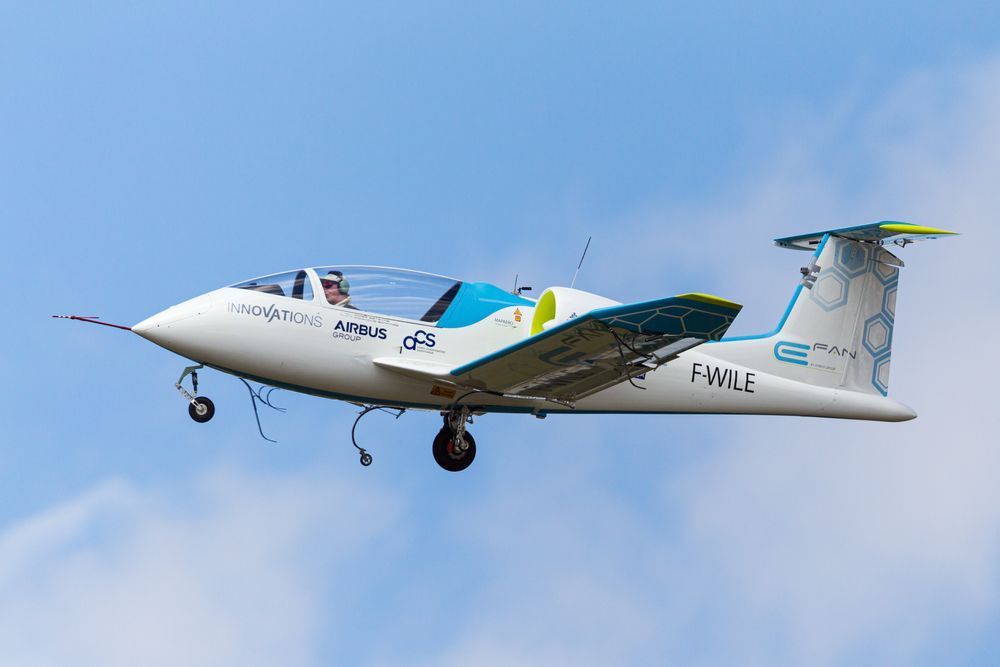Share this Article:
A Full Breakdown of the Cost of Small Planes
Maybe you’ve dreamed for years of taking to the skies in an airplane that you personally own. Believe it or not, small plane ownership is not limited to those with extraordinary fortunes. With some research and planning, you may discover that owning a small plane is an achievable goal. In the content below, we discuss costs and considerations for purchasing a small plane.
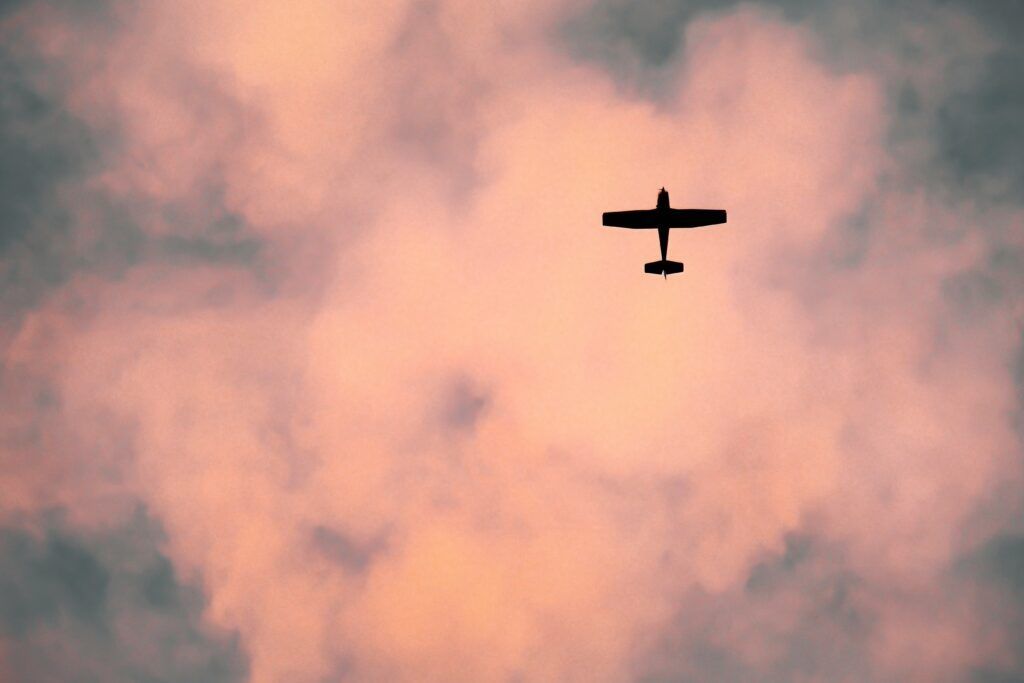
Purchase Costs: Factory-New Small Planes
The initial purchase cost of a small plane depends on the type of aircraft.
- Ultralight aircrafts are the most inexpensive option. These are single-seat, single-engine planes that are ideal for personal recreation. An ultralight aircraft can usually be purchased new for an average range of $8000 to $15,000 .
- Single-engine planes
will typically
cost between $15,000 and $100,000. Although single-engine planes are more expensive than ultralights, they can hold multiple people and are still relatively economical compared to other aircraft.
- Multi-engine planes
are more expensive and can
cost up to $300,000 or more , depending on the features. The higher cost pays off with increased safety: if one engine loses power in flight, the other engine can still allow the pilot to navigate to a suitable landing location. Additionally, multi-engine planes generally have higher speed and performance.
If you choose to buy a factory-new small plane, J.A. Air can help you reduce the cost by negotiating on your behalf to ensure that you obtain the best value. Our team has a wealth of market knowledge and will gladly work with you to prepare a budget for a small plane that meets your needs.
Reach out to us for more information on our
aircraft acquisition services .
Purchase Costs: Pre-Owned Small Planes
Although the initial purchase price of a small plane can be substantial, you can reduce costs by purchasing a pre-owned plane. For example, Plane & Pilot Magazine reports that a good-quality used Cessna 150 is easily obtainable for as little as $30,000.
If you choose to purchase a pre-owned plane, make sure to get a thorough pre-purchase inspection. A pre-owned plane may have hidden defects that cost thousands of dollars to
repair if they are left undetected, and a damage history may lower the resale value of the aircraft. Our team at J.A. Air can assist you with inspecting a plane that you are considering; simply
contact us for more information about our inspections and other
aircraft acquisition services.
Modern Tech Upgrades: Avionics and Interior Costs
Buying used often means planning for
upgrades. Replacing outdated avionics can range from $10,000 to $50,000, depending on what systems are needed. Many owners invest in GPS navigation, ADS-B transponders, glass cockpit displays, or autopilot systems to improve safety and usability. Interior improvements such as seating, lighting, headliners, and panel refinishing can add another $5,000 to $15,000. These upgrades aren’t always required right away, but older planes often benefit from them for comfort and reliability. While these updates increase overall cost, they also improve long-term value and may make the aircraft easier to sell or use for training or business purposes.
Cost of Pilot Training and Certification
Before owning a plane, most buyers need to account for the cost of becoming a certified pilot. For a private pilot license (PPL), training typically ranges from $10,000 to $20,000. This includes ground school, flight instruction, study materials, exams, and aircraft rental. The final cost depends on how quickly a student progresses and how many hours it takes to meet FAA minimums, which is usually around 40 to 70 flight hours. Additional ratings, such as instrument or multi-engine certifications, often add $5,000 to $10,000 each. These costs are a major part of the overall financial commitment involved in aircraft ownership.
Costs of Financing a Small Plane
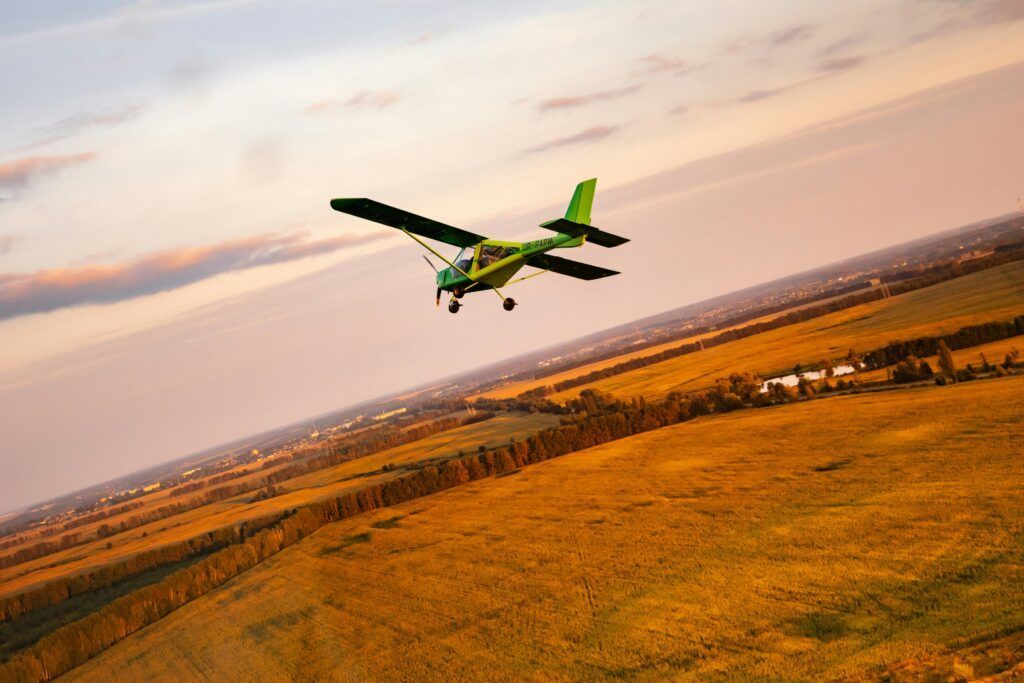
Depending on your financial situation, you might choose to take out a loan to purchase a small plane. This will result in interest costs to include in your long-term budget.
Multiple factors will influence the interest rate of a loan to finance a small plane. According to
Investopedia , these factors may include your credit score, the type of the plane’s use, how frequently you intend to use it, and the condition of the plane (including its year, make, and model).
Costs of Storing a Small Plane
Planes must be stored in a hangar or outdoors. If you don't own property suitable for storing a plane, you'll need to rent space from an airport. Storage costs depend heavily on both location and storage type. Outdoor tiedown is usually the lowest-cost option, ranging from $50 to $200 per month. It keeps expenses down but exposes the aircraft to sun, wind, and precipitation. Enclosed hangars offer better protection from the elements and added security. These can cost $300 to $600 per month or more, especially at airports near large cities where space is limited. Rural airports typically offer lower rates and more availability. Over the course of a year, the difference between tiedown and hangar storage can add up quickly and may influence future maintenance costs and overall aircraft condition.
Maintenance and Inspection Costs for a Small Plane
Maintenance costs and requirements are a significant but often neglected aspect of the cost of owning a small plane. According to Aviation Pros , maintenance costs vary based on the type and class of the aircraft, but “can range from 10 to 45 percent of the total yearly operating expenses.” Although not part of the initial purchase price of a small plane, future maintenance costs are an important factor to consider when deciding what type of aircraft to purchase.
Inspection costs are another expense to consider, as small aircraft must be inspected annually.
Honeywell reports that annual inspections range in price from $750 to $2000, with higher costs for specialized planes with
retractable landing gear .
Small Plane Fuel Costs
Fuel costs are one of the most consistent ongoing expenses in aircraft ownership, and often the largest variable cost. According to the
SherpaReport Guide to Private Aviation , fuel is the largest variable cost of owning a small plane and may “account for as much as 70 percent of your variable operational costs.” Most small single-engine planes burn between 5 and 10 gallons of fuel per hour. At an average of $5 per gallon, that adds up to $25 to $50 for every hour flown. A private pilot who flies around 100 hours per year will typically spend $2,500 to $5,000 annually on fuel alone. Multi-engine or higher-performance planes may use 15 gallons per hour or more, pushing costs even higher. Flying style, cruise speed, and altitude also influence fuel burn. Planning around fuel use is a key part of managing yearly operating costs.
Costs of Aircraft Insurance
Many of the factors discussed above also relate to the cost of aircraft insurance. According to Honeywell, insurance companies calculate aircraft insurance premiums based on factors such as the age of the aircraft, the aircraft hours, and where and how (tie-down vs. hangar) the aircraft will be parked. Meanwhile, you can save money on aircraft insurance premiums by taking actions such as obtaining more certifications or undergoing regular training.
Additionally, although title insurance is not legally required, it offers worthwhile protection against unexpected claims on your aircraft’s title.
Be sure to obtain quotes from an insurance company before purchasing a small plane.
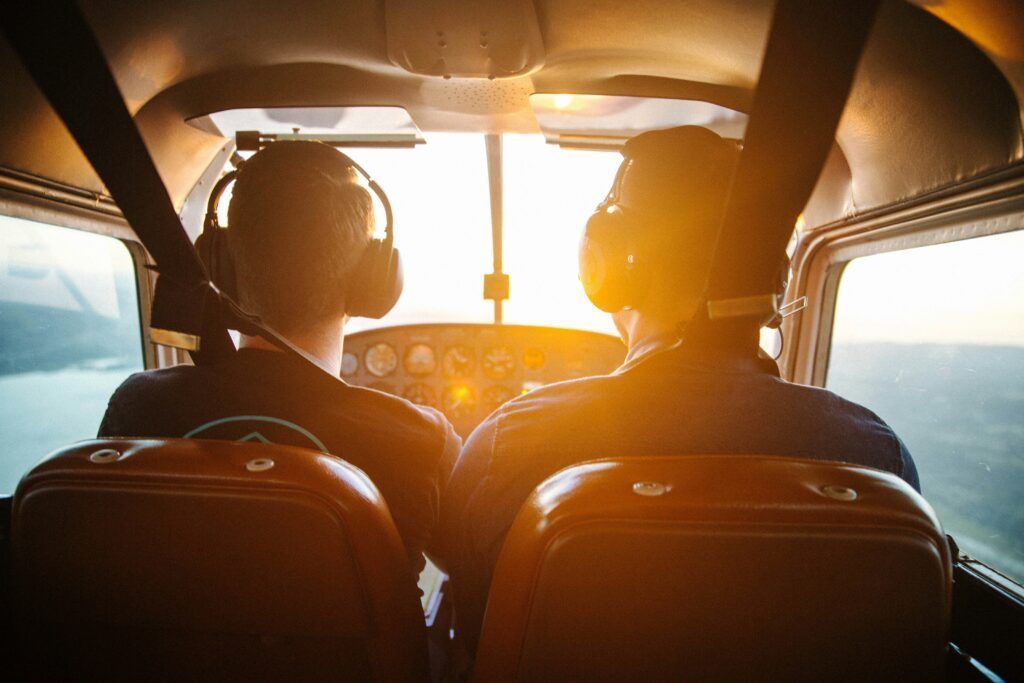
Taxes and Registration Fees for Small Planes
Keep in mind that state sales and use taxes may increase the ultimate price of your small plane purchase. The Pilot’s Guide to Taxes , published by the Aircraft Owners and Pilots Association (AOPA), provides a helpful overview. For detailed advice, consult a tax professional.
The Federal Aviation Administration (FAA) requires all aircraft owners to register their aircraft and re-register every three years (for a $5 re-registration fee). In addition, some states have small plane registration requirements and associated fees, so be sure to look up the requirements in your state.
Ownership Costs Over Time: Annual Budget Snapshot
Once a plane is purchased, ongoing costs become part of the equation. A typical small single-engine aircraft may come with annual expenses such as $3,000 for hangar space, $2,500 for fuel, $1,500 for insurance, and $1,000 to $3,000 for routine maintenance and inspections. Additional costs like registration, navigation charts, and unexpected repairs can add $500 to $1,000 or more. Some years may bring higher totals if major work is needed. On average, many owners spend between $8,000 and $12,000 each year. Factoring these recurring costs into the budget helps avoid surprises and gives a clearer picture of what long-term ownership involves.
Interested in Buying a Small Plane? We Can Help!
J.A. Air has over 30 years of experience in assisting local customers with finding the right aircraft for their unique wants and needs. Our acquisition consultations are always free! Let us answer your questions and help you navigate the specific costs of purchasing a small plane. Call us at 800-323-5966 or fill out an online contact form .


